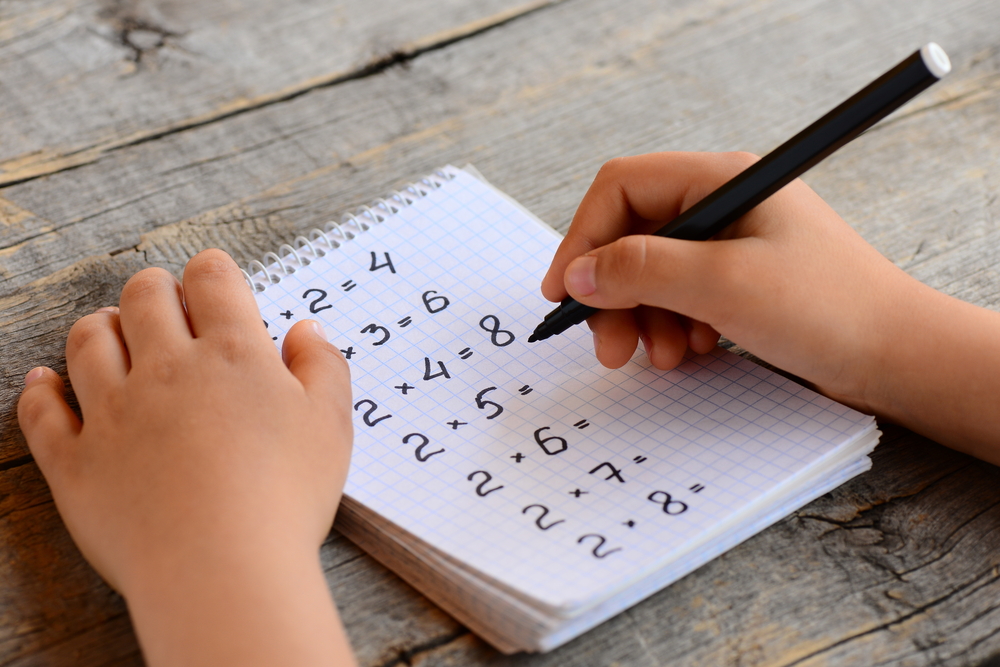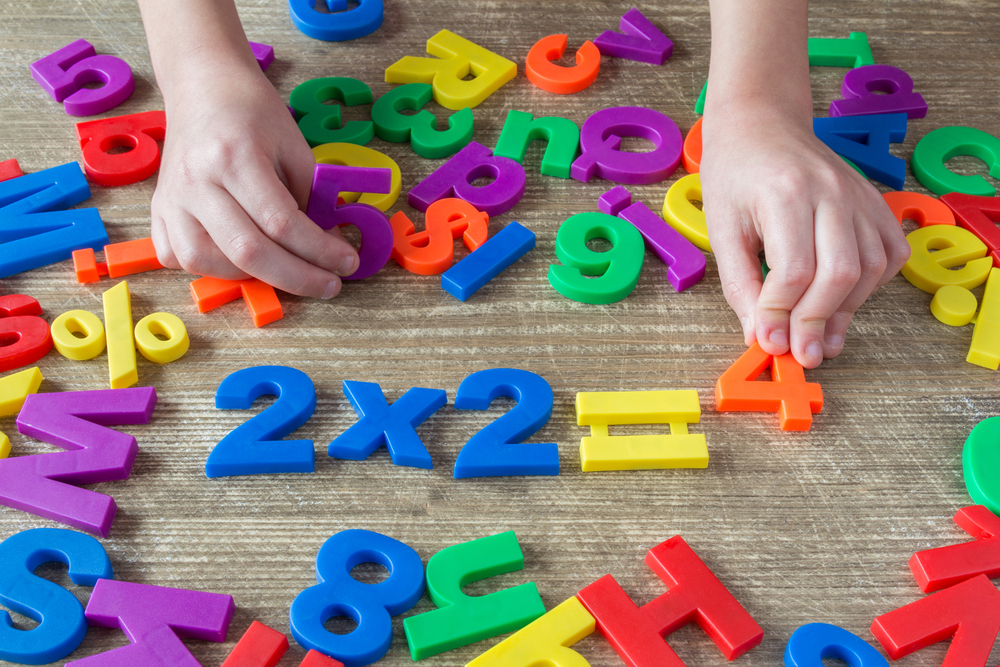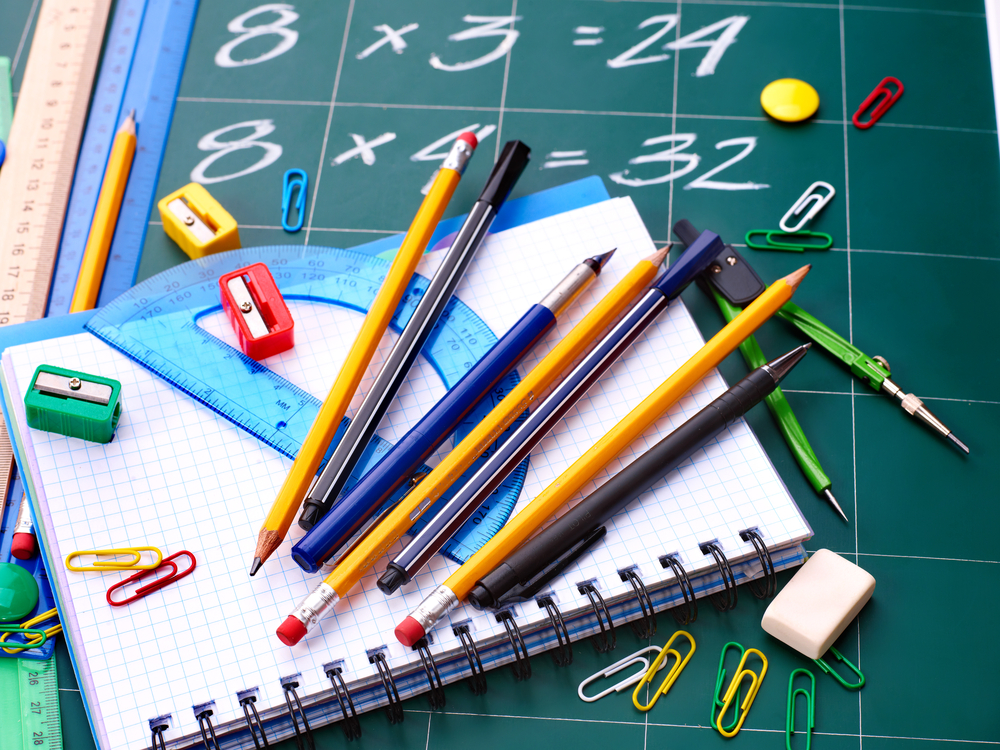Multiplication practice Normal Arrays Worksheets for Ages 5-8
3 filtered results
-
From - To
Enhance your child's multiplication skills with our engaging Normal Arrays Worksheets, designed specifically for ages 5-8! These worksheets provide a fun and interactive way to introduce multiplication concepts through visual arrays, helping young learners grasp the fundamentals of this essential math operation. With brightly colored illustrations and clear instructions, kids will enjoy practicing multiplication while strengthening their problem-solving abilities. Each worksheet is tailored to match developmental milestones, ensuring that your little ones can learn at their own pace. Foster a love for math and build confidence in skills that will last a lifetime—explore our Multiplication Practice Normal Arrays Worksheets today!
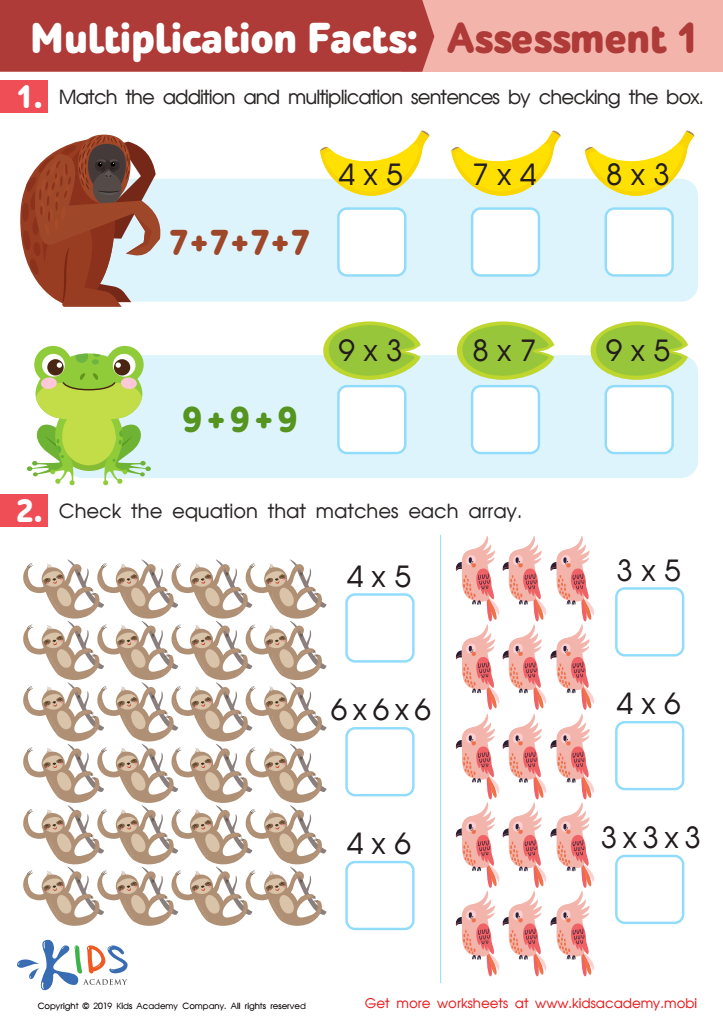

Multiplication Facts: Assessment 1 Worksheet


Arrays and Equations Worksheet
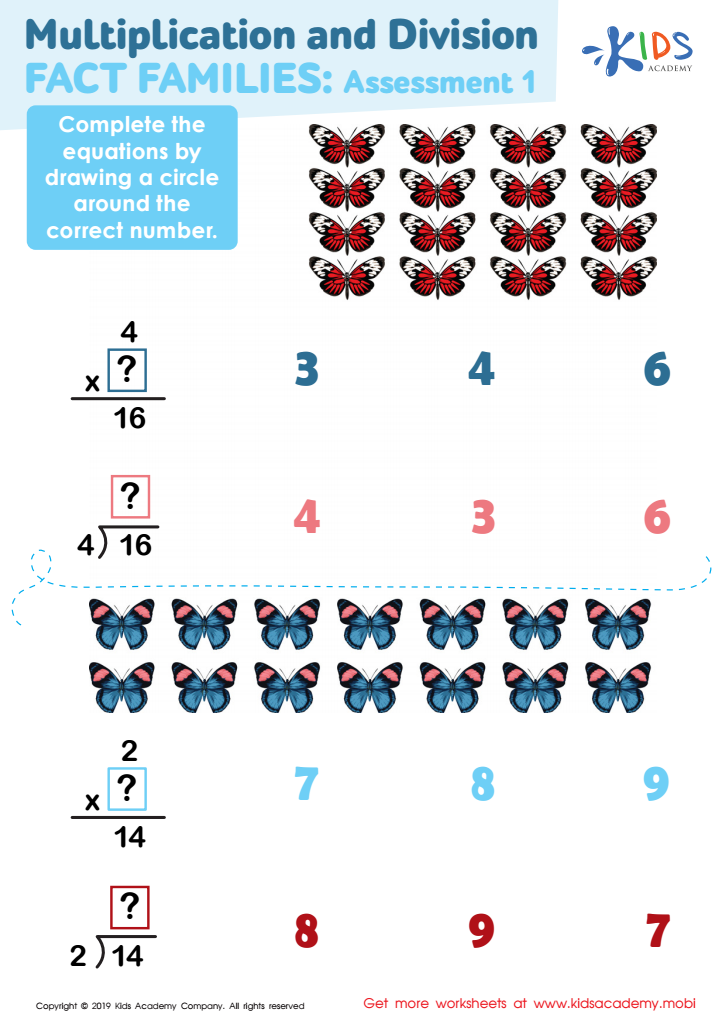

Multiplication and Division Fact Families Assessment 1 Worksheet
Parents and teachers play a vital role in cultivating foundational math skills in children aged 5-8, and multiplication practice through Normal Arrays is an engaging and effective method to achieve this. Normal Arrays help young learners visualize multiplication as an array of rows and columns, bridging important conceptual gaps. This spatial representation allows children to grasp fundamental concepts of groups and quantities in a way that is intuitive and relatable.
Further, engaging in Normal Arrays provides a hands-on approach to learning that fosters a deeper understanding of multiplication. As kids manipulate objects in different configurations, they're more likely to retain knowledge and develop problem-solving skills. Integrating this practice into daily activities not only reinforces math skills but also promotes critical thinking and cognitive flexibility.
Moreover, developing multiplication skills early on contributes to a child's overall academic success. Mastery of multiplication sets a strong foundation for future learning in more complex math concepts, ultimately enhancing confidence and performance in school. By supporting multiplication practice with Normal Arrays, parents and teachers help ensure children become proficient and enthusiastic learners, ready to tackle more challenging mathematical problems as they progress in their education. Thus, prioritizing these practices is essential for a child’s numeracy development.
 Assign to My Students
Assign to My Students


